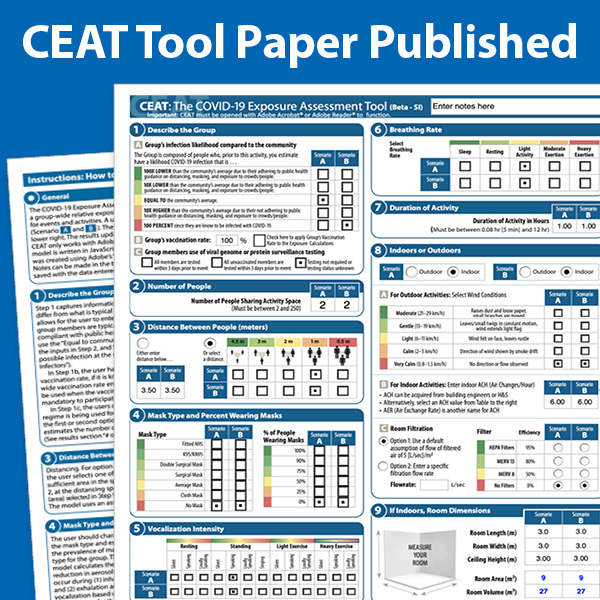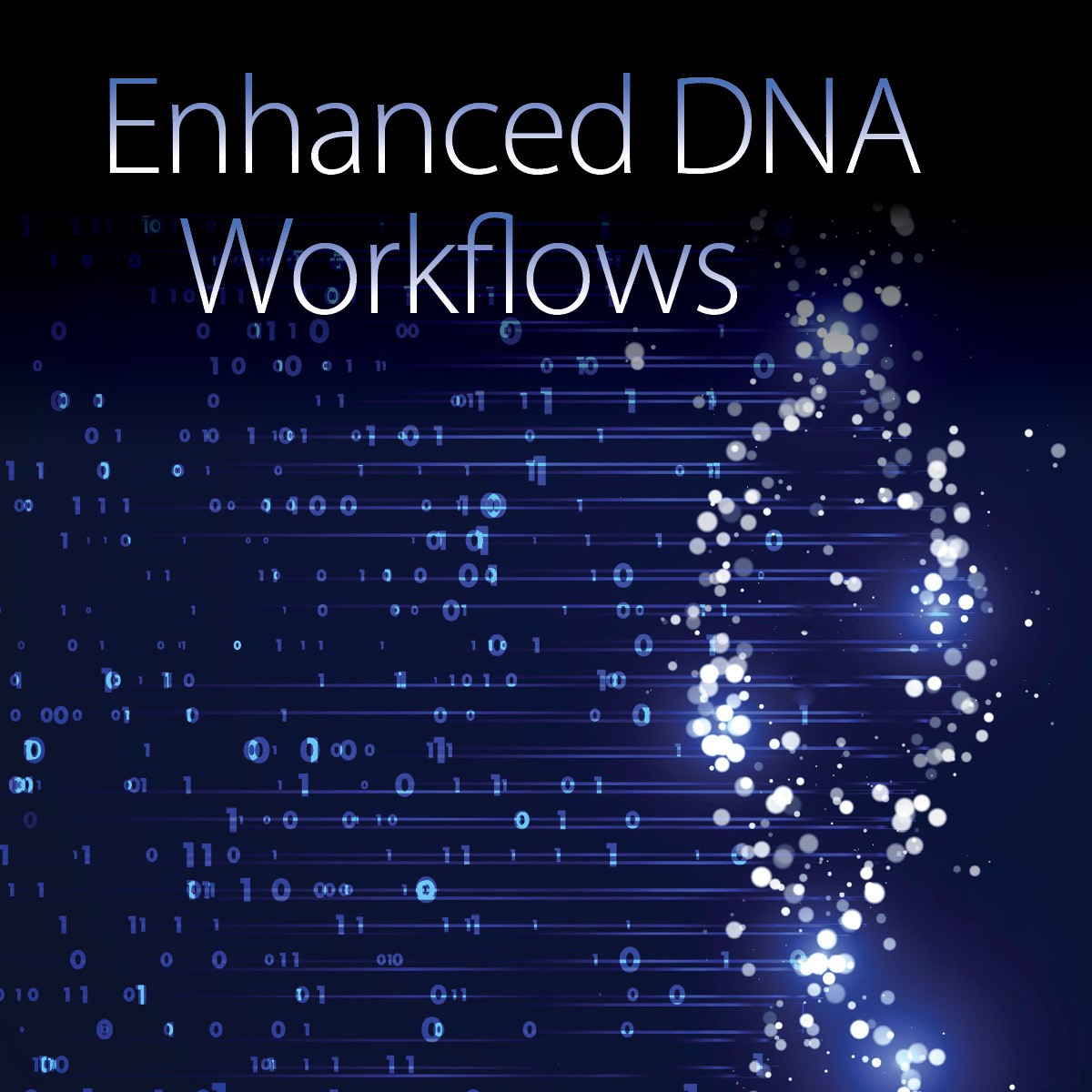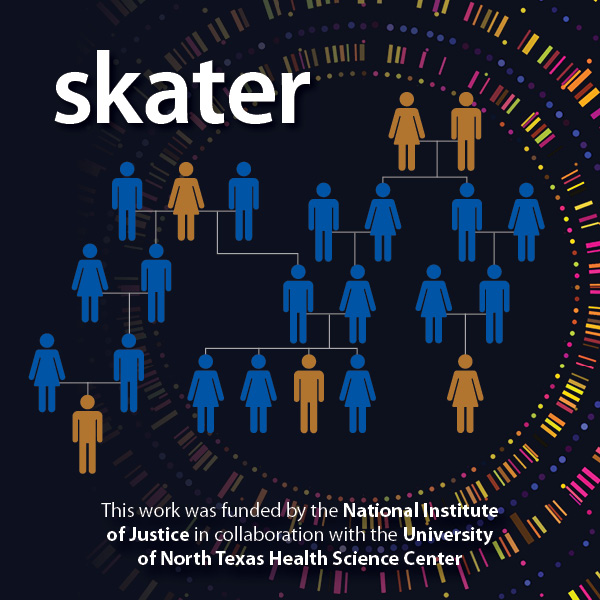
Paper Published in “Science Advances”: COVID-19 Exposure Assessment Tool (CEAT): Exposure quantification based on ventilation,...
Abstract The coronavirus disease 2019 (COVID-19) Exposure Assessment Tool (CEAT) allows users to compare respiratory relative risk to severe acute respiratory syndrome coronavirus 2 (SARS-CoV-2) for various scenarios, providing understanding of how combinations of protective measures affect risk. CEAT incorporates mechanistic, stochastic, and epidemiological factors including the (i) emission rate... MORE









